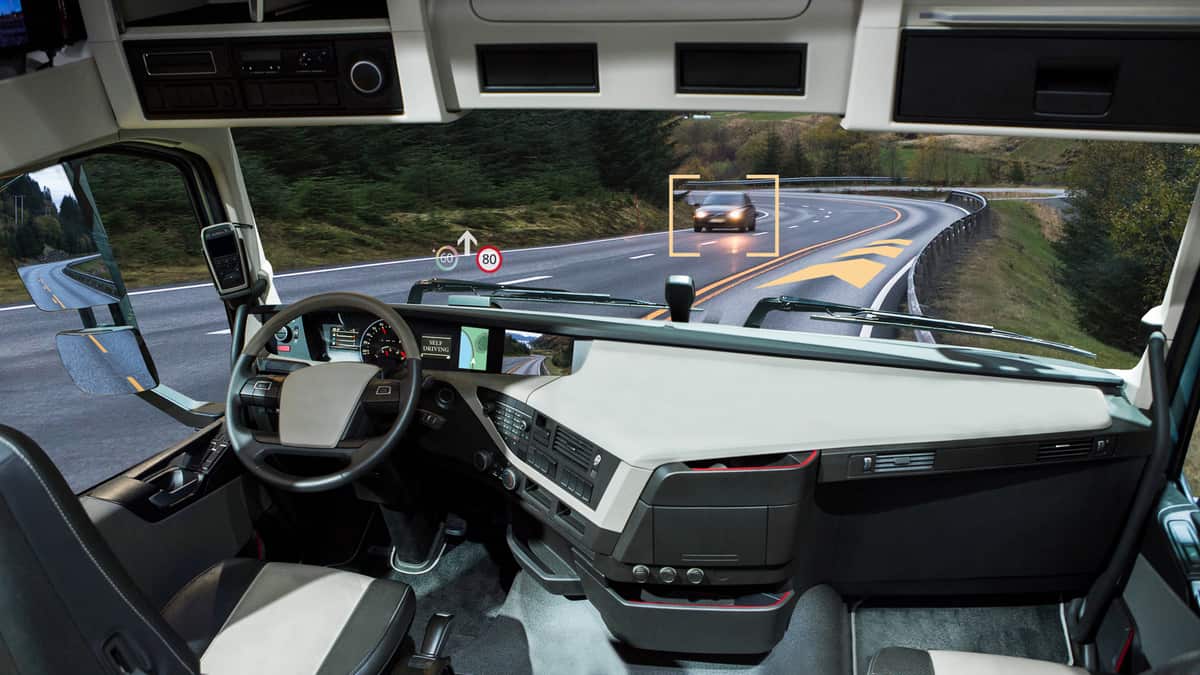The views expressed here are solely those of the author and do not necessarily reflect those of FreightWaves or its affiliates.
The trucking industry has been in a strange situation for some time now. The market for the movement of overland freight is estimated in the United States to be worth over $1.1 trillion in 2020. The American Trucking Associations (ATA) estimates the freight volume is expected to grow by 2.3% between 2024 and 2028 and is predicting revenue growth of 36.6% over the next decade.

Yet, the industry is desperately seeking drivers — and has been for 15 years. It will need to hire about 898,000 drivers over the next decade to alleviate the shortfalls, nearly 90,000 a year, according to a driver shortage analysis conducted in 2017. That number is expected to grow larger as demand increases. The growing shortage has brought about decisions by some retailers to delay nonessential shipments and led to paying higher prices to get goods delivered on time.
Driving a truck used to be considered a reliable, high-paying job. But the younger generations have a different attitude now. They do not respond as positively to the benefits of work-travel and it has become a chore to find drivers willing to spend months at a time on the road away from their families. Several larger trucking companies have addressed this issue by incorporating flexibility with routes. Yet driver shortages remain. And if it continues, it will have a significant impact on freight transportation costs and further increase the cost of operating trucking companies.
But on the other side, trucking still provides a long-term, solid middle-class living in many instances and the industry is said to be immune to recent threats that have altered some other industries — offshoring and automation. Getting goods via freight from points A to B within the United States cannot be outsourced to China or India. As for automation, according to IDTechEx, the automation of long-haul trucks could save the industry hundreds of billions in employment costs while producing significant productivity gains and fuel savings. Autonomous long-haul trucks would also help alleviate the problem of driver shortages.
Many experts believe that long-haul trucks may be closer to realizing the benefits of high-level automation than passenger vehicles. But to get there, the trucking industry is still going to have to solve the same problems of object perception and vehicle reaction that have hindered the current testing of autonomous vehicles. It will also require a scalable and customizable solution to meet the needs of every truck OEM since trucks are designed differently and the truck production lines are smaller than those of passenger cars. The ability to distinguish between true threats from false alarms on the road is no different for long-haul trucks than it is for passenger vehicles. But due to emergency braking requirements, trucks make such distinctions for longer ranges.
To reach the higher levels of automation, it is imperative to identify, assess and respond to real-world obstacles in a feasible and fail-safe manner. A technology known as 4D imaging radar provides higher-level perception abilities that detect hundreds of objects (stationary and moving) in ultra-high resolution. It supports over 100,000 detections per frame with a point cloud density that provides two orders of magnitude higher resolution than any other radar solution on the market. It can sense a vehicle’s ego-velocity, in lane localization, tracking and precise free space mapping, thus providing the basis for navigation, path planning and obstacle avoidance.
4D imaging radar’s free space-mapping abilities give the truck the ability to operate its “highway autopilot” on all roads in every geography, even in off-road and unmapped areas. 4D imaging radar offers the trustworthy tracking of objects without false alarms in all environmental conditions and it also protects vulnerable road users such as pedestrians, bicyclists and motorcyclists.
The value proposition to the trucking industry is to achieve Level 4 autonomy — fully autonomous driving on highways (exit to exit), with local truck drivers or teleoperators driving the first and last mile between highway exits and distribution centers. With the trucks themselves working for longer hours, there is an acute need for higher sensor reliability. These new sensing technologies achieve this threshold. But it will greatly reduce labor cost and relieve the pain point of the long-haul truck driver shortage by making the job less stressful, and as a result may also attract younger individuals to truck driving.
There are multiple Tier 1 and OEM automotive customers in the United States, Europe, China, Korea and Japan basing their radar systems on already developed next-generation imaging radar chipset solutions. The same advances made in 4D imaging radar for AVs will also be a key technology for the trucking industry to reach Level 4 and to preserve the long-haul trucking industry as a major economic engine for the United States.
About the Author: Kobi Marenko is CEO of Arbe, a provider of next-generation imaging radar chipset solutions enabling safe driver-assist systems today while paving the way to full autonomous driving. For more information, visit www.arberobotics.com.











